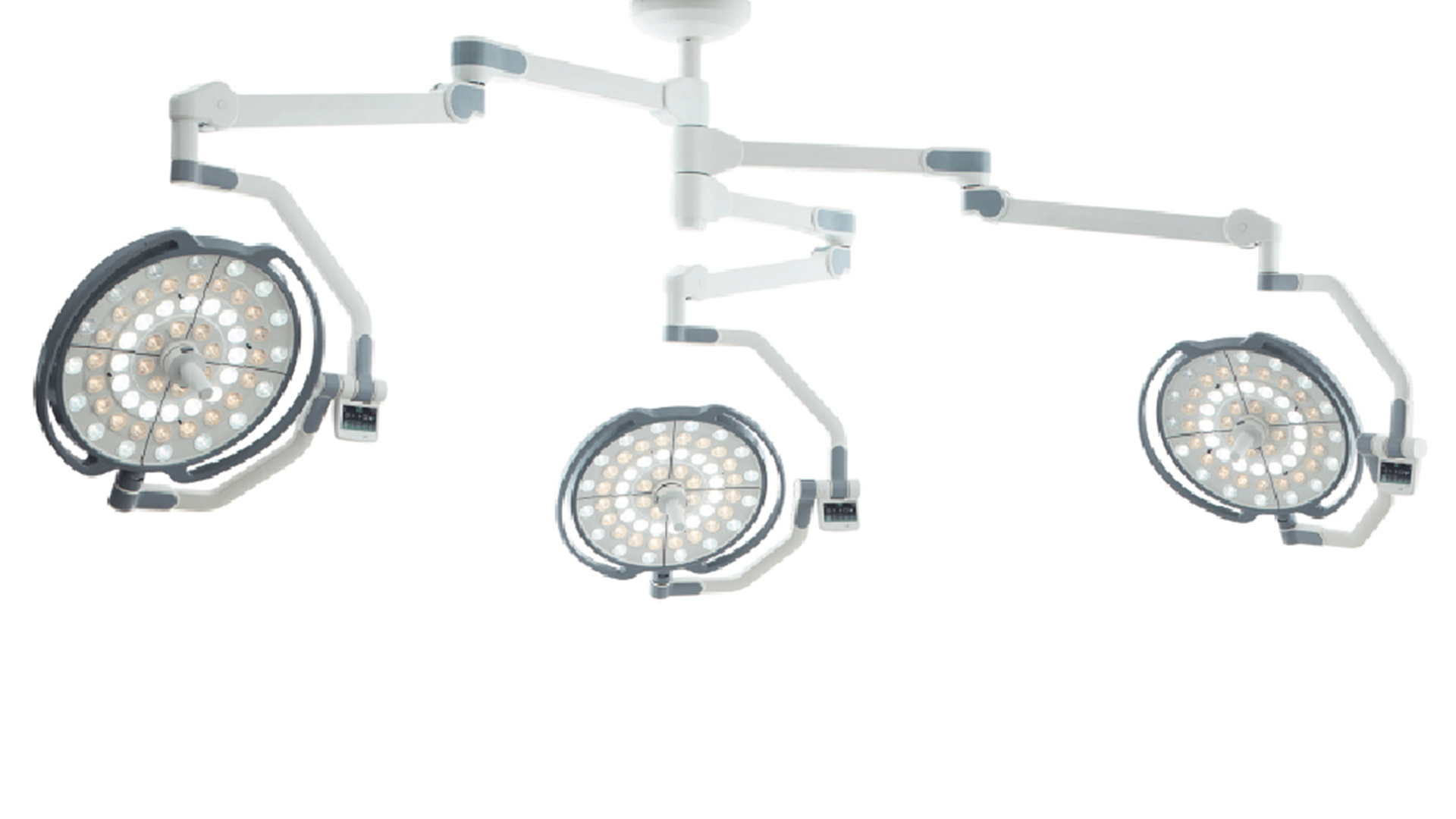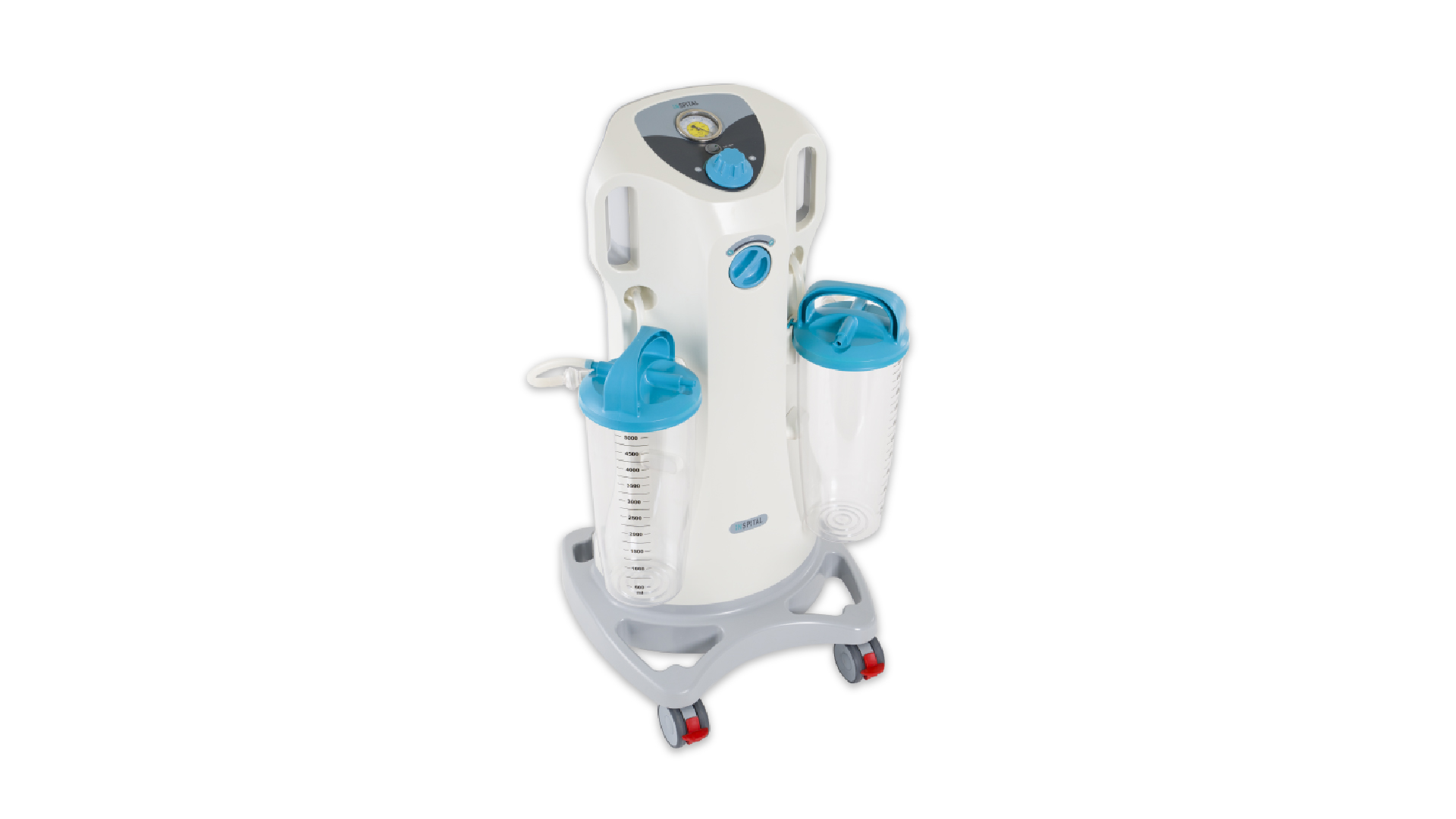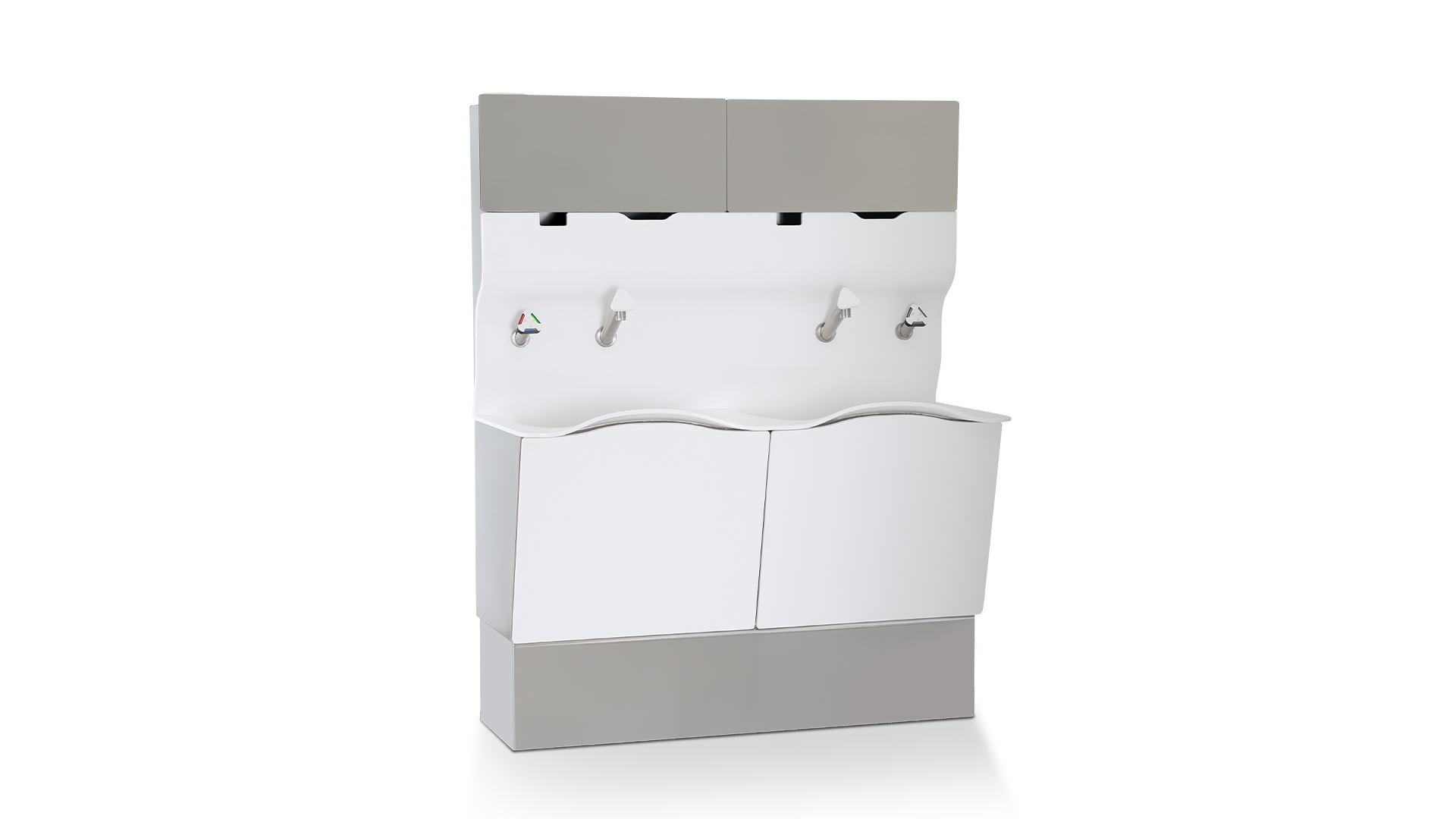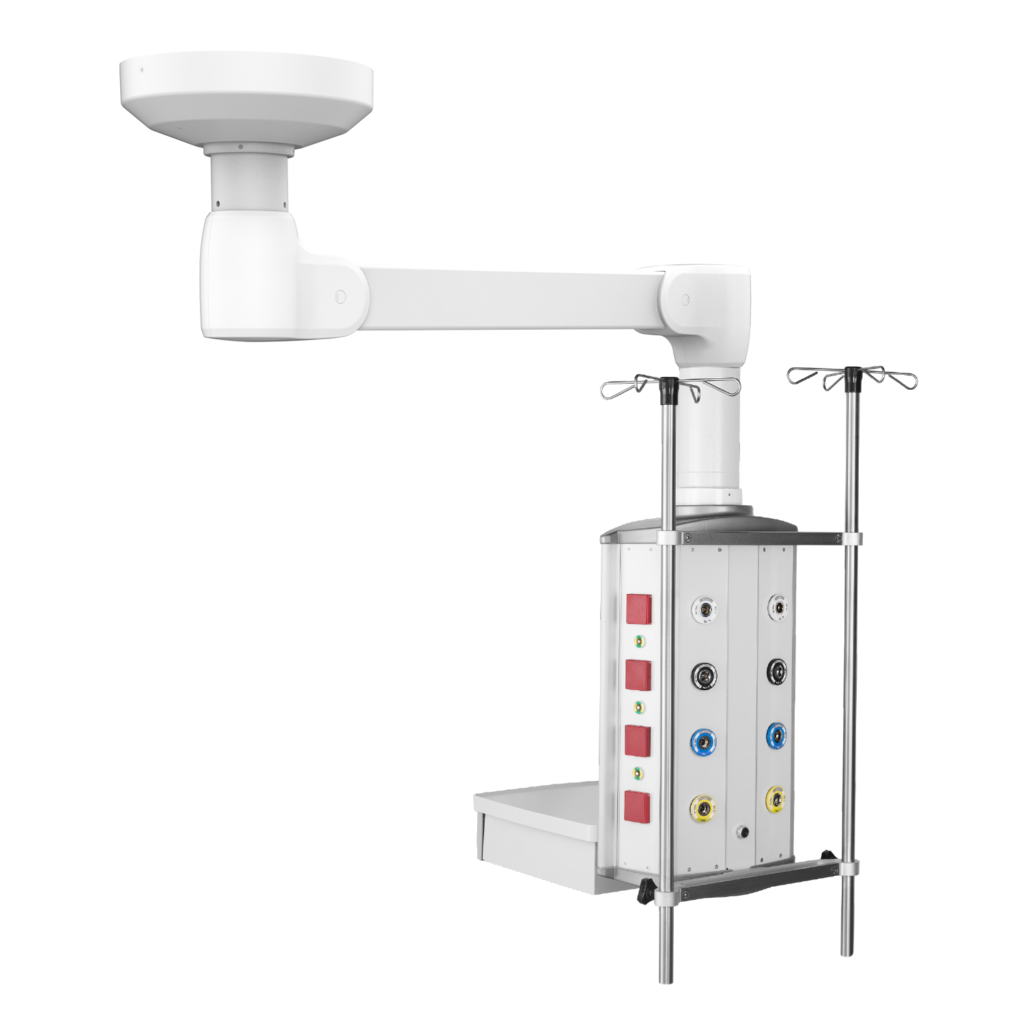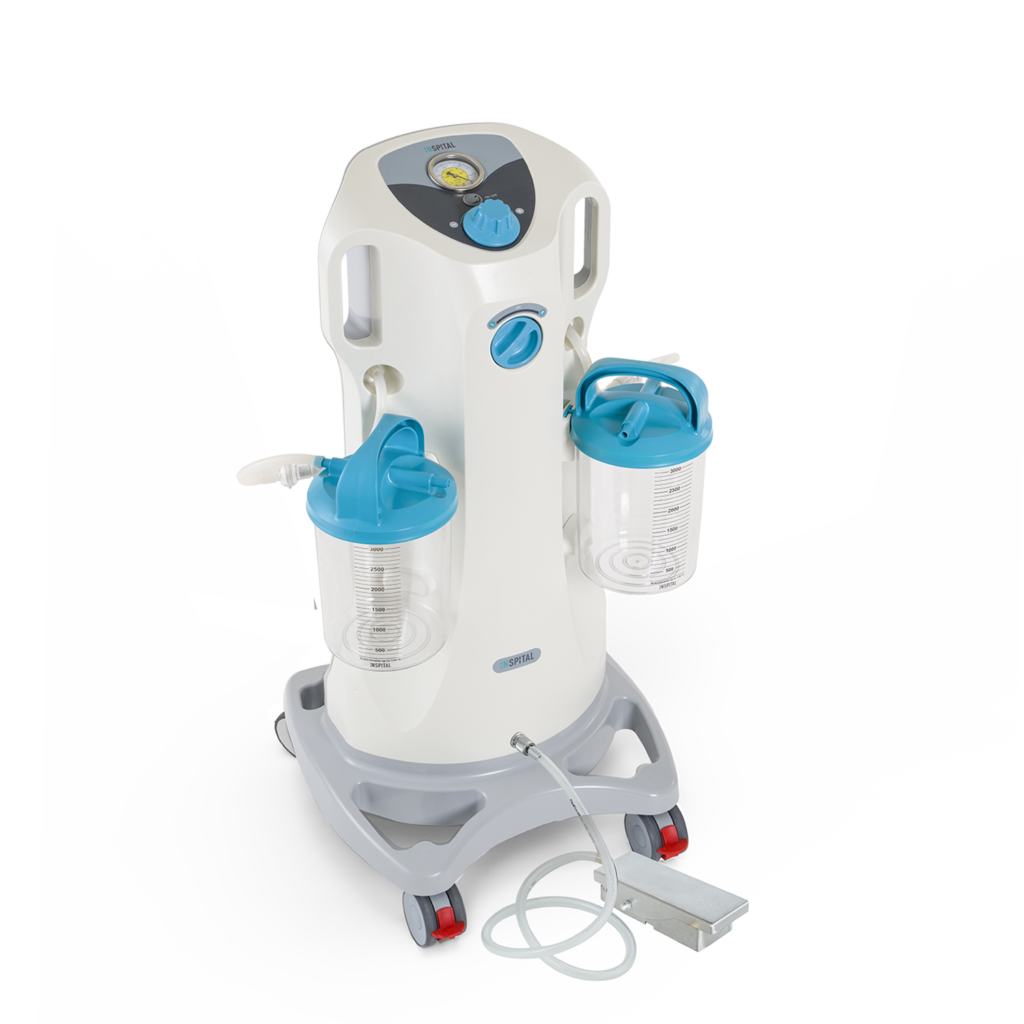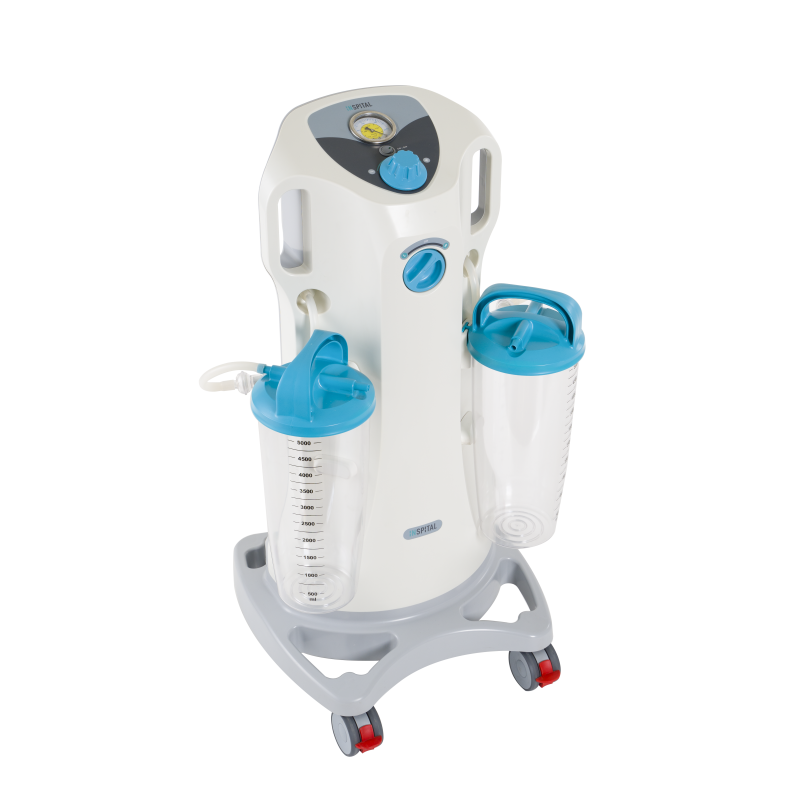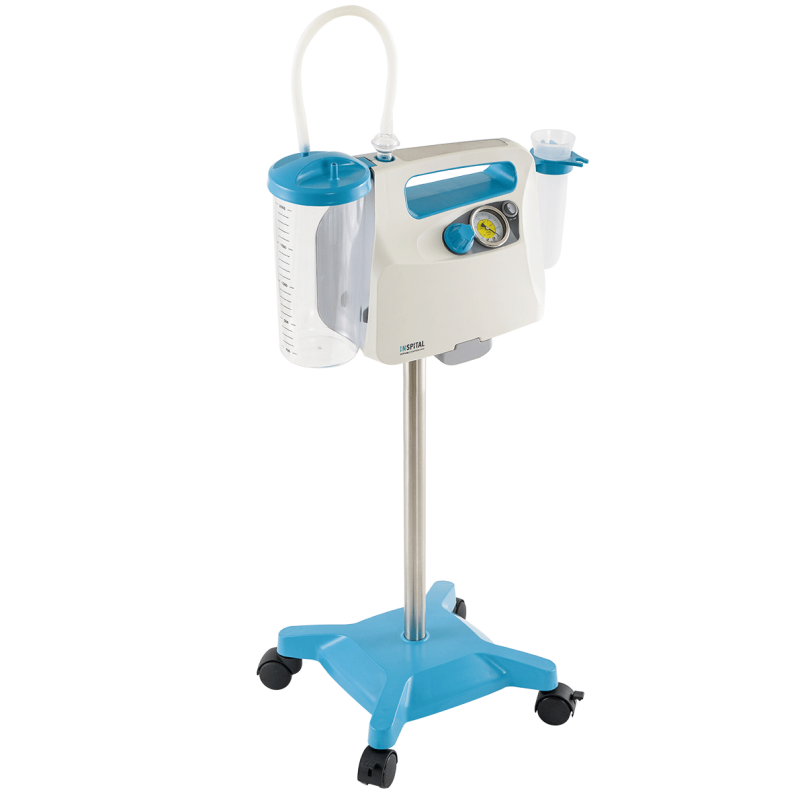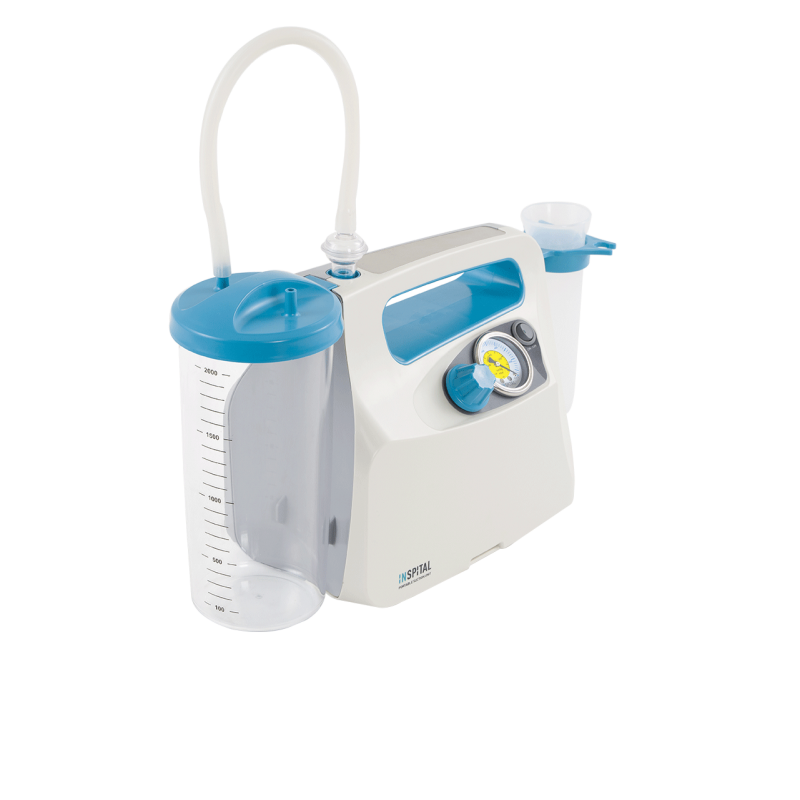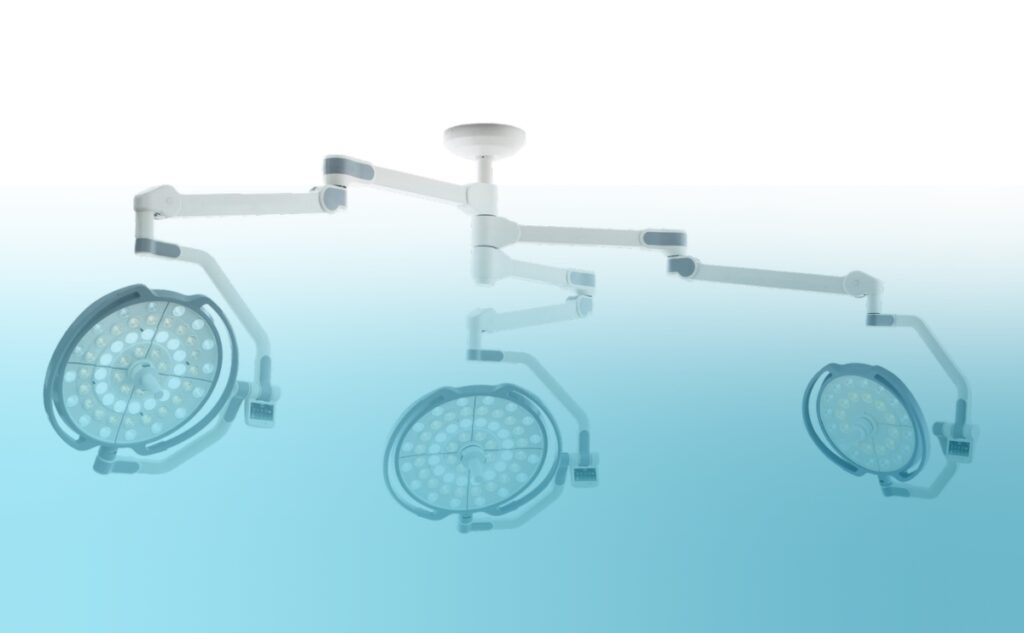The Vital Role of Medical Gas Systems
- medical gas systems

Contents
In modern medical technology, safe and efficient gas systems (in English: medical gas system) are not just a comfort, but an essential prerequisite for patient care. At Inspital, as a leading provider, we implement innovative solutions in medical technology. But what exactly are medical gas systems and why are they so indispensable?
What are medical gas systems?
A medical gas system is a centralized network that safely and efficiently transports medical gases such as oxygen, compressed air, nitrous oxide, and carbon dioxide to various areas of a hospital or clinic. These gases are crucial for a variety of applications — from ventilation in the intensive care unit to anesthesia in the operating room to care in the emergency department. Without these vital systems, rapid and reliable patient care would not be possible.
The History of Medical Gas Systems
The origin of medical gas systems dates back to the 19th century when oxygen was first used in medical practice. Initially, the gas was brought directly to patients in portable cylinders — a logistically complex and unsafe method. With the development of central supply systems in the 1950s and 1960s, gas distribution in healthcare was revolutionized. This innovation not only enabled continuous supply but also a higher level of safety and efficiency.
Today, medical gas systems are highly developed networks that meet the requirements of modern hospitals and clinics — with digital monitoring, alarm, and security systems.
The Importance of Quality and Safety
Especially in critical medical situations, absolute reliance on gas supply is essential. Inspital develops and installs medical gas systems according to international standards to ensure maximum safety and efficiency. These include:
- Central Gas Supply Units: The continuous provision of medical gases without interruption (24 hours a day).
- Alarm Systems: Early warnings for pressure drops or other disturbances to prevent failures.
- Consumption Monitoring: Optimization of gas usage and reduction of waste through precise monitoring systems.
- Safety Valves and Emergency Systems: Additional protective mechanisms to respond immediately in case of a defect.
Application Areas of Medical Gas Systems:
Medical gas systems are used in almost all areas of a hospital. Some of the most important application areas include:
- Intensive Care Units: Continuous ventilation and oxygen supply for critical patients.
- Operating Rooms: Precise control of anesthetic gases for safe surgical procedures.
- Emergency Departments: Quick availability of oxygen and compressed air for initial care.
- Care Units: Daily medical care with demand-oriented gas supply.
Conclusion: Why Choose Inspital's Medical Gas Systems?
With decades of experience, technological know-how, and a clear focus on customer and patient satisfaction, Inspital offers solutions that meet the high demands of medical technology not only today but also tomorrow. The combination of precision, safety, and innovative spirit makes Inspital the ideal partner for medical facilities worldwide.
In addition to technical excellence, Inspital offers comprehensive service - from planning and installation to maintenance and staff training. This ensures that your medical gas supply functions optimally at all times.
Would you like to learn more about how medical gas systems are revolutionizing daily clinical practice? Stay at the forefront of medical technology with Inspital and secure the future of safe and sustainable patient care!
Current News
News Press
Here you will find current news about trade fairs, congresses, PR and other relevant topics.

